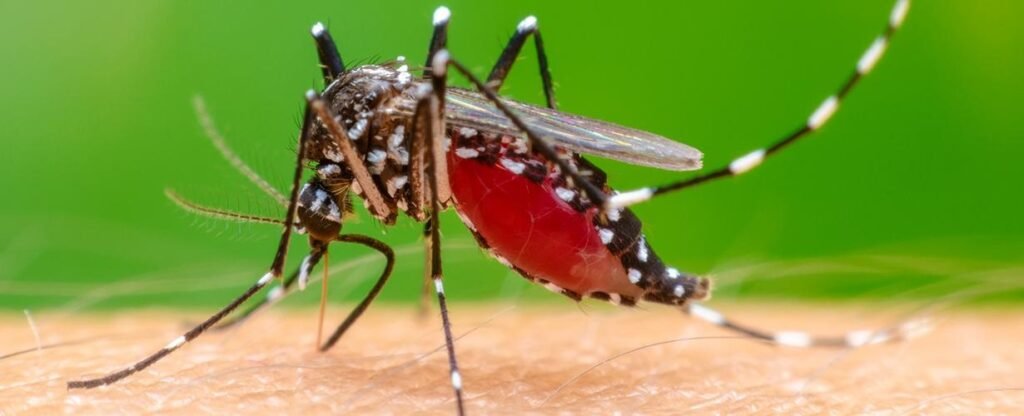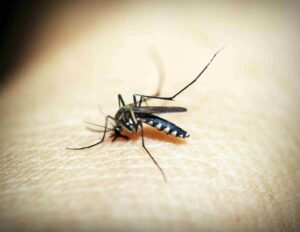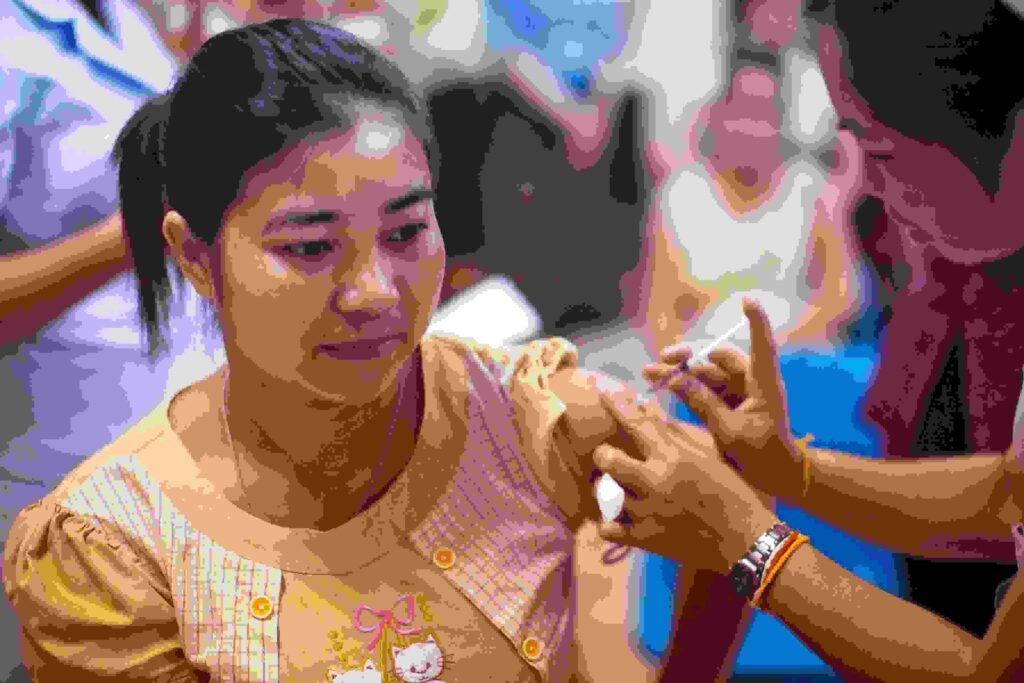
STUDY BOOST
SSC EXAM

STUDY BOOST
BANKING EXAM

STUDY BOOST
IAS EXAM

STUDY BOOST
NEET EXAM
Company
Reach Out to Us
- +91 7089752341
- contact@edulow.com
- Chhattisgarh , India

Study Material
- RRB PARAMEDICAL
- AIIMS Study Material
- NEET Study Material
- CGVYAPAM
- ESIC Exam
- MEDICAL LAB TECH
- USMLA / ASCP
- UPSC EXAM
- SSC / BANK EXAM
Live Views






Copyright ©2025 | EduLow . All Rights Reserved. Developed & hosted by Medical Tuber World’s Biggest Study Platform.










